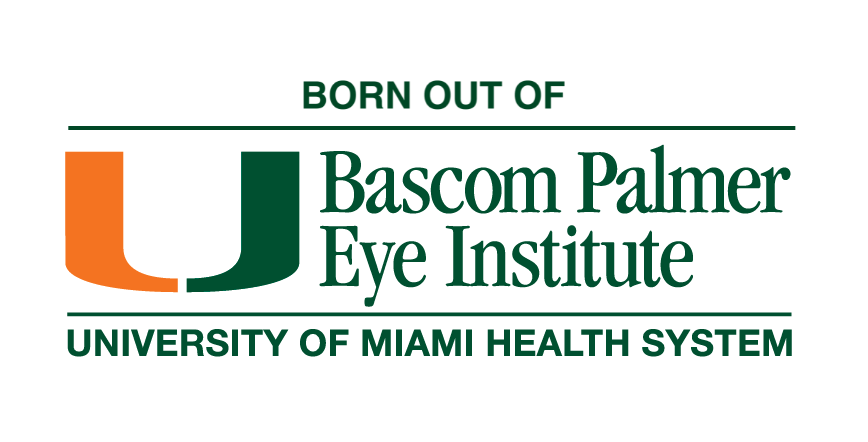By Greg Caldwell, OD, FAAO
There are times in the life of every practitioner when making a diagnosis can be a little challenging.
Consider a 60-year-old patient with cataracts who reports difficulty seeing at night. The root cause could be the cataracts. Or it might be age-related macular degeneration (AMD). Or maybe it’s both.
The question becomes how do we separate patients with AMD from those patients who would benefit from cataract surgery that would enable them to return to normal visual acuity? Beyond the funduscopic exam to look for objective signs, how can we assess a patient’s visual function to better understand their subjective symptoms?
Heru recently released their dark adaptation test which measures the ability of the patient’s eyes to adjust from bright light to darkness, expressed as the Adaptation Index value. Studies have shown that dark adaptation can provide a simple, quick way to evaluate macular function.
Another possible source of diagnostic ambiguity can be the appearance of drusen.
When drusen are present, it indicates that a patient’s body is responding to a toxin or metabolic stress. Even among younger patients presenting with familial drusen, those yellowish deposits of lipids and proteins under the retina can be a biomarker for macular degeneration. But that’s not always the case.
For example, drusen may also be an indicator of pigment epithelial detachment. As I say in my seminars: “drusen can be confusin’”. Even when drusen does not indicate macular degeneration, they are rarely a good sign.
Determining whether drusen indicates macular degeneration is key to protecting your patient’s vision. In a study reported in JAMA Ophthalmology, 30% of eyes with undiagnosed AMD showed a large amount drusen and would have been treatable had it been diagnosed.1
Heru’s dark adaptation 4.5-minute rapid test can provide peace of mind for patients with drusen by helping determine whether it is–or isn’t—macular degeneration.
Macular degeneration treatment begins with dark adaptation testing.
Since AMD progression can only be slowed or held in check, but not reversed, the risk of undiagnosed AMD can be life-altering. One study showed that 78% of AMD patients fail to seek treatment until their visual acuity was irreversibly impaired.2
Using dark adaptation testing, especially with an aging population, provides early detection that can enhance disease management—not unlike a mammography, a colonoscopy or even having teeth cleaned.
Once a diagnosis of AMD is established, dark adaptation testing will allow you to monitor disease progression at regular intervals and identify fast progressors.
It may be helpful to compare today’s macular degeneration care with the way glaucoma is managed.
When treating patients with glaucoma, standard of care requires us to monitor both structure (optic disc assessment, RNFL and GCL thickness with OCT) and function (threshold visual fields).
In a similar way, dark adaptation fills the gap with a functional test that augments a range of existing structural tests for AMD.
Heru’s dark adaptation testing enables us to provide uncompromising patient care, combined with enhanced patient comfort, using a quick, non-invasive test that employs low flash brightness.
Dark adaptation (CPT 92284) is one of 9 vision exams that can be performed with Heru’s lightweight, wearable AR/VR platform. Dark adaptation is billable to insurance, with a national reimbursement average of $45 and is supported by multiple ICD-10 codes. The exam is co-billable with visual fields, OCT, fundus imaging and/or office visits.
Learn more about Heru’s new dark adaptation.
Greg Caldwell, OD, FAAO, practices integrative optometry with a focus on the diagnosis and management of anterior and posterior segment ocular disease. He has integrated nutrition, prevention, and wellness into his patient care.
Dr. Caldwell is co-founder of Optometric Education Consultants and has lectured extensively throughout the U.S. and in more than thirteen countries. He is past President of the Pennsylvania Optometric Association, served on the AOA Board of Trustees, and is President of the Blair/Clearfield Association for the Blind.
References:
1. Neely DC, Bray KJ, Huisingh CE, Clark ME, McGwin G Jr, Owsley C. Prevalence of Undiagnosed Age-Related Macular Degeneration in Primary Eye Care. JAMA Ophthalmol. 2017 Jun 1;135(6):570-575. doi: 10.1001/jamaophthalmol.2017.0830. PMID: 28448669; PMCID: PMC5847085.
2. Cervantes-Castañeda RA, Banin E, Hemo I, Shpigel M, Averbukh E, Chowers I. Lack of benefit of early awareness to age-related macular degeneration. Eye (Lond). 2008 Jun;22(6):777-81. doi: 10.1038/sj.eye.6702691. Epub 2007 Jan 12. PMID: 17220824.
